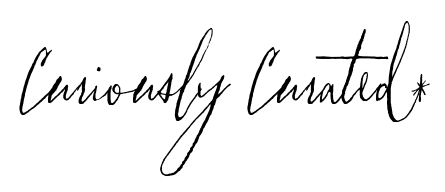On the second day of our stay, we got up early and headed into town to meet the farmer and get a little introductory lesson to cheesemaking. Luca Compagnonis, the third generation to run this farm and cheesemaking operation, met us at the door to his facility with what we now know is the standard "I'm so sorry, my English is terrible" greeting. He then very kindly proceeded to show and explain to us how to make two types of goat cheeses in pretty excellent English. The few language impasses we encountered were navigated with a mix of French, German and Italian and we came away with a pretty clear understanding of the process. The primary product the Compagnonis are known for is called Tomme- an aged goat cheese made in a French style and holy cow is it amazing.
After a lunch of 4 different kinds of goat cheese and goat sausage (circle of life) it was time to meet the goats so we drove over to the farm.
Many of the animals were very curious about the two-legged goats that were looking at them over the fence so they jumped up to investigate. After nibbling our coats, shirts, jeans and hands, they decided that we offered nothing tasty and went about their business.
Later, we helped do an evening feeding and milking. While the milking system is automated, we got to hand milk three of the goats which, once we got the hang of it was a lot of fun. Luca told us that one evening the machine wasn't working and he and his father had to milk all 300 goats by hand- a process that took 5 hours. My hands ached just hearing him tell the story.
While we had the luxury of getting to dabble in goat farming for a weekend, I don't mean to imply that this life is anything resembling easy. The summer here was cold and rainy which affects every aspect of the farm, most importantly the output of the animals. Here in the mountains, the winter comes early making the warmer months that much more important to the success of the farm. As Luca's father explained to us- farming is truly a labor of love but so much harder than most people realize.
After our time at the farm ended, we explored the town of Poschiavo. While we've lived in Switzerland for almost three years, the drastic differences in architecture and food from one part of the country to another still amaze me. Poschiavo is very Swiss. But the Italian influence is definitely visible.
Outside many of the restaurants, sign for the "Wild Menu" were starting to appear. Fall is traditionally a celebration of the hunt (La Chasse) throughout much of Switzerland and because of this, many restaurants offer a traditional selection of boar and venison served with glazed chestnuts, spätzle, cabbage and poached pear. It's one of the best combinations of flavors on the planet and I will even venture to say in the galaxy. Luckily for us, our meal that night turned out to be our first La Chasse of the season.

















